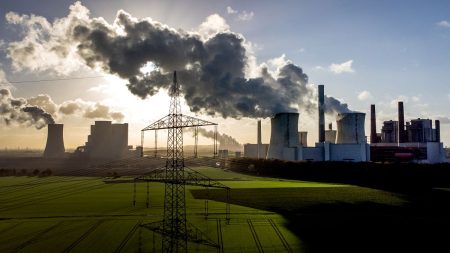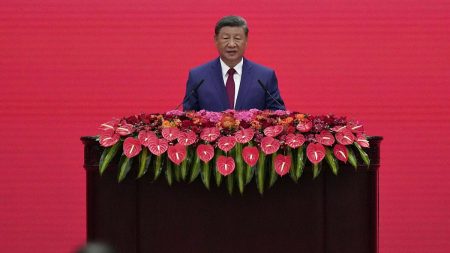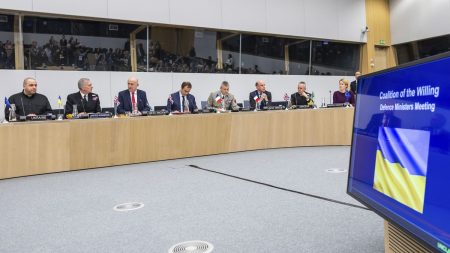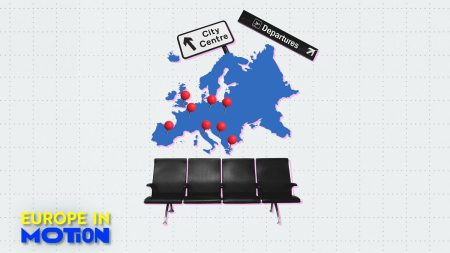The Grafenrheinfeld Nuclear Power Plant, located in Bavaria, Germany, began construction in 1975 and commenced commercial operations in 1982. As Germany’s oldest nuclear power plant, it played a significant role in supplying energy to the region. However, in line with the government’s policy to move away from nuclear power, the plant was shut down in 2015. The closure of Grafenrheinfeld was part of a larger effort to transition to renewable energy sources, with the goal of having 80 percent of the country’s electricity supplied from renewables by 2050.
The decommissioning process of the Grafenrheinfeld NPP involved the demolition of its two iconic 143-metre cooling towers. The demolition was initially scheduled to take place at 17:30 local time but was delayed until almost 20:00 due to a protest by a pro-atomic energy activist. The activist scaled one of the pylons and chained themselves 10 metres above the ground, resulting in a temporary halt in the demolition process. After being freed by a special team and taken away by police, the demolition proceeded as planned. The demolition of the cooling towers symbolized the end of an era for the nuclear power plant, marking a significant step in Germany’s shift towards a cleaner energy future.
Following the demolition of the Grafenrheinfeld NPP, the concrete rubble from the cooling towers was repurposed to fill the two collecting basins below the towers. The demolition process, which lasted around 30 seconds, generated approximately 55,000 tonnes of concrete rubble. Matthias Aron, the project leader for the demolition, oversaw the safe and efficient removal of the cooling towers, ensuring that the site was cleared and prepared for future use. The removal of the towers not only signified the physical dismantling of the nuclear power plant but also represented a symbolic closure of an era of nuclear energy in Germany.
While the closure of the Grafenrheinfeld NPP was a positive step towards reducing the country’s reliance on nuclear power and transitioning to renewable energy sources, there were concerns raised about the impact on energy security and job retention. Ulrich Grillo, former President of the German Federation of Industry (BDI), emphasized the importance of securing production and jobs to maintain the viability of Germany’s clean power industry. As more nuclear plants are decommissioned, ensuring a stable and reliable energy supply becomes increasingly challenging. The government’s ‘Energiewende’ strategy aims to address these challenges by promoting a shift towards sustainable energy sources while balancing the needs of the economy and the environment.
Despite the benefits of transitioning away from nuclear power, there are ongoing debates about the sustainability of Germany’s ‘Energiewende’ plan. While a quarter of the country’s power needs are currently met by renewable sources, there are concerns about the feasibility of achieving the ambitious goal of 80 percent renewable electricity by 2050. The closure of nuclear power plants like Grafenrheinfeld contributes to reducing the residual risks associated with nuclear energy but also poses challenges in maintaining energy security. Balancing these factors will be crucial for Germany to successfully navigate its energy transition and achieve its long-term sustainability goals. The demolition of the Grafenrheinfeld cooling towers represents a symbolic milestone in this ongoing transition, marking the end of an era of nuclear power in Germany and paving the way for a cleaner and more sustainable energy future.













